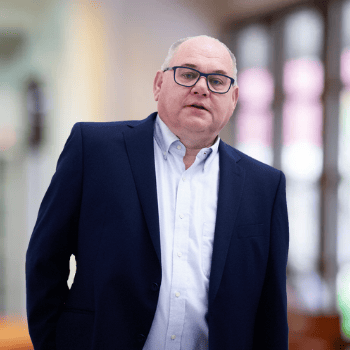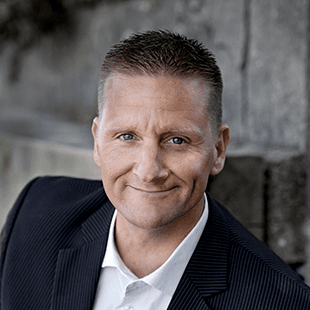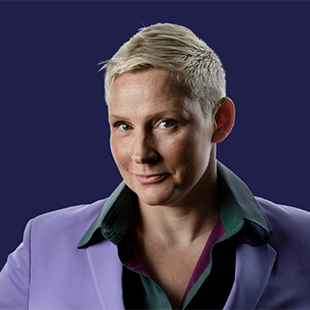What is our best tip to act on customer feedback?
Just do it! as the recognized brand Nike has as slogan. But where to start? First you must get to know your customers and their behavior. That will enable you to understand their experience across the customer journey. But how do you do it? We have asked some of the best CX experts to give you an answer.
The inventor of NPS, Fred Reichheld, about his best tips for action
“My best tip is to have organizations read my latest book, Winning On Purpose–and hold discussion groups around each chapter. Letting team members explain what feels relevant to their situations, what changes they believe are vital, and what actions need to be taken to live up to this mission of enriching customers lives (sustainably). There is a video of BILT, a SaaS B round company in which they explain how they have used the book effectively in this manner”.
Read the best tips from the following experts

Find inspiration to your work with NPS and CX
You can always find customer cases and articles about Net Promoter Score and Customer Experience on our blog





